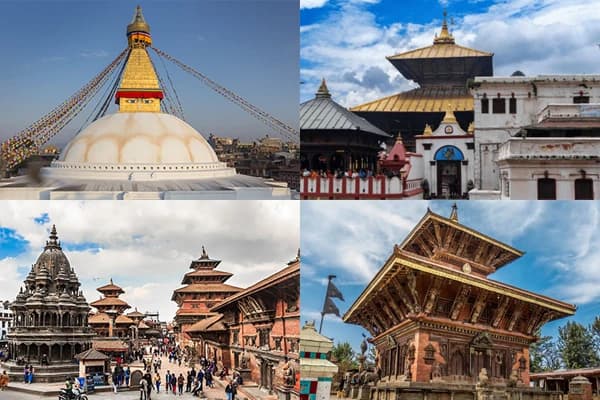Background
The rule is new for the positive change of the emerging problem, and be prepared for the future issues. However, historically, the strict priority was not there.
For many years, the only requirement for Everest climbing was willingness to pay the Everest permit fees. It even allowed climbers who have no experience in climbing or no prior high-altitude mountaineering background.
Thereafter, some regulations were made in 1995-96. A rule was introduced in which climbers need to have summited a 6,000-meter peak before attempting Everest. This rule controlled the accidents much more than the previous rules.
Similarly, in 2016-2019, an attempt was made to conserve nature and control the fatalities. However, due to the pressure from expedition operators and declines in climber numbers, the rules were not fully implemented or, let’s say, rolled back.
Details of the New Regulation
- All climbers must provide evidence (official summit certificates or equivalent documentation) of having successfully summited a peak in Nepal at least 7,000 meters (22,965 feet) high before applying for an Everest permit.
- Climbers must obtain a recent medical fitness certificate from a government-approved institution.
- The expedition leaders and mountain guides must be Nepali citizens who have experience and knowledge about the Everest region's weather.
- All solo expeditions are banned.
- The permit fee for the foreign climbers will rise from $11,000 to $15,000 for the 2025 spring season.
- Climbers must carry biodegradable waste bags and adhere to stricter waste management protocols.
Rationale Behind the Regulation
Nepal made this decision with several reasons, including the safety, environmental, and sustainability concerns that have grown over recent years.
The new regulations aim to decrease deaths and accidents on Everest, especially those that happened due to inexperience and overcrowding. In 2023 alone, 17 climbers died due to these reasons.
By requiring prior high-altitude experience, the climbers will gain required skills and resilience, which is most important in the Everest mountain’s death zone. It also lowers the fatalities.
The rule also responds to overcrowding and environmental protection. The overcrowding has been a problem in recent years. Some fatalities happen just because of overcrowding, as they have to wait longer hours in death zones. Decision-making can be difficult while waiting.
Also, rescue operations become difficult at those altitude levels, and many deaths occur. So, by this rule, it is believed to filter out those who are inexperienced.
The rule will also help to manage the environmental issues, such as waste. By the reduced number of climbers, there will be less waste and less environmental impact.
Reactions to the New Policy
The Nepalese government, local mountaineering authorities, and many safety advocates support the change. The reasons behind their support were that the new rule will solve the growing concern of a sharp rise in deaths and accidents due to inexperienced climbers attempting Everest.
The supporters highlight that the climbers with adequate high-altitude experience will have survival chances and safely complete the summit facing Everest's extreme conditions. They say that the rule will minimize environmental degradation from mass tourism and foster a more responsible climbing culture.
However, some mountaineers and international expedition operators are not satisfied with the new laws. They argue that the regulation should recognize experience on high-altitude peaks worldwide, including those close to 7,000 meters, such as ama dablam (6,812m), Denali (6,190m), and Aconcagua (6,961m).
Popular personalities like Lukas Furtenbach of Furtenbach Adventures and Garrett Madison of Madison Mountaineering have suggested that a 6,500-meter peak anywhere in the world would be a more practical benchmark.





